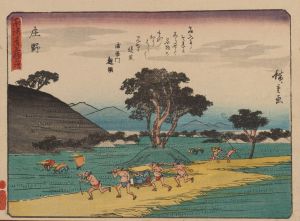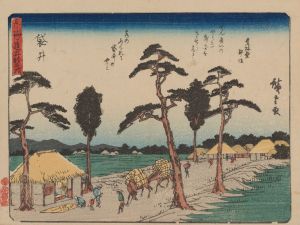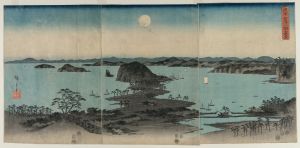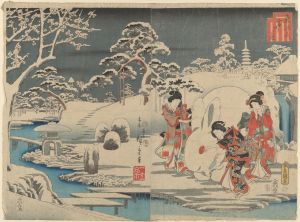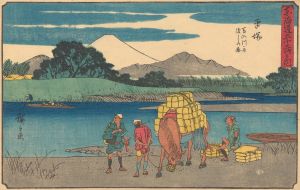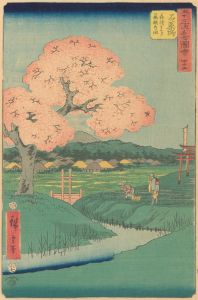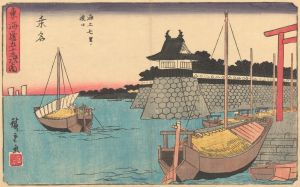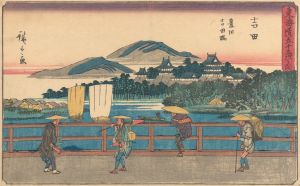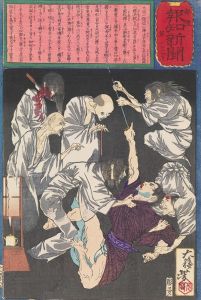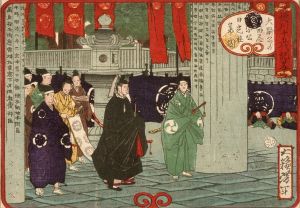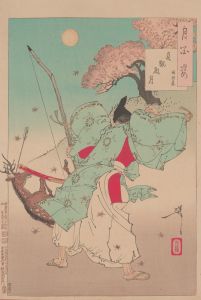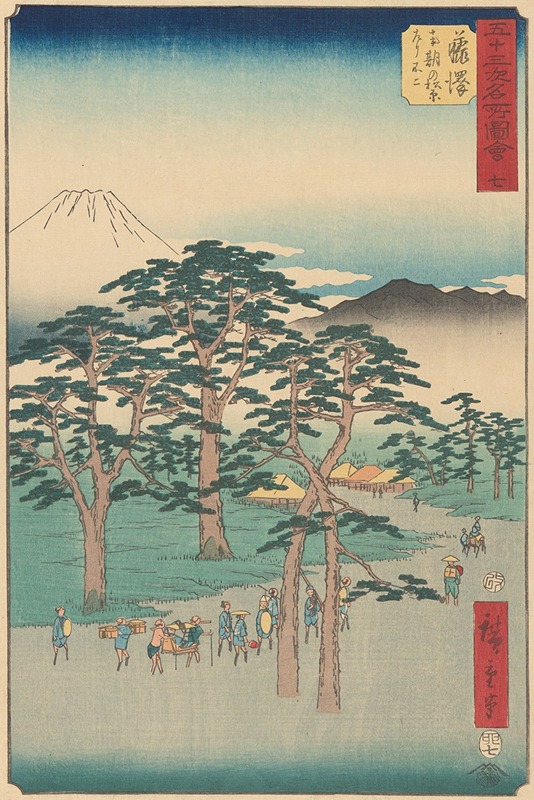
Fujisawa
A hand-painted replica of Andō Hiroshige’s masterpiece Fujisawa, meticulously crafted by professional artists to capture the true essence of the original. Each piece is created with museum-quality canvas and rare mineral pigments, carefully painted by experienced artists with delicate brushstrokes and rich, layered colors to perfectly recreate the texture of the original artwork. Unlike machine-printed reproductions, this hand-painted version brings the painting to life, infused with the artist’s emotions and skill in every stroke. Whether for personal collection or home decoration, it instantly elevates the artistic atmosphere of any space.
Andō Hiroshige, a renowned Japanese ukiyo-e artist of the Edo period, is celebrated for his landscape prints and series that capture the essence of Japan's natural beauty and cultural life. One of his notable works is "Fujisawa," part of the series "The Fifty-three Stations of the Tōkaidō." This series, created between 1833 and 1834, is among Hiroshige's most famous and depicts the scenic journey along the Tōkaidō road, which connected Edo (modern-day Tokyo) to Kyoto.
The Tōkaidō was the most important of the Five Routes of the Edo period, serving as a vital link for travel and trade. Hiroshige's series captures the various stations along this route, each serving as a rest stop for travelers. "Fujisawa" is the sixth station in the series and is located in what is now Kanagawa Prefecture. This station was historically significant as it was near the Yugyō-ji Temple, a prominent Buddhist temple of the Ji sect, which attracted many pilgrims.
Hiroshige's depiction of Fujisawa is characterized by his masterful use of color and composition, which brings to life the vibrant atmosphere of the station. In this print, Hiroshige illustrates the bustling activity typical of a post town. Travelers, including samurai, merchants, and pilgrims, are depicted crossing a bridge over a river, which was a common feature in many of the Tōkaidō stations. The bridge in the Fujisawa print is likely the Yugyō Bridge, which was an important crossing point in the area.
The background of the print often features Mount Fuji, a recurring motif in Hiroshige's work, symbolizing both the natural beauty of Japan and its cultural significance. Although Mount Fuji might not be prominently visible in every depiction of Fujisawa, its presence in the series underscores the mountain's iconic status in Japanese art and culture.
Hiroshige's work is noted for its attention to detail and ability to convey the atmosphere of the Edo period. His prints often include elements that reflect the changing seasons, weather conditions, and time of day, adding depth and context to each scene. The "Fujisawa" print, like others in the series, captures the essence of travel during this era, highlighting the interactions between people and their environment.
"The Fifty-three Stations of the Tōkaidō" series was highly influential and contributed to Hiroshige's reputation as a master of ukiyo-e. His work not only provides a visual record of the Tōkaidō road but also offers insights into the social and cultural dynamics of the time. The series was widely popular and inspired many artists, both in Japan and abroad, influencing the development of landscape art.
Hiroshige's "Fujisawa" and the entire Tōkaidō series remain significant in the study of Japanese art history. They are celebrated for their aesthetic qualities and their role in documenting the cultural landscape of Edo-period Japan. Today, these prints are held in high regard by art collectors and historians, and they continue to be exhibited in museums around the world, offering a glimpse into the past and the enduring legacy of Andō Hiroshige's artistic vision.






